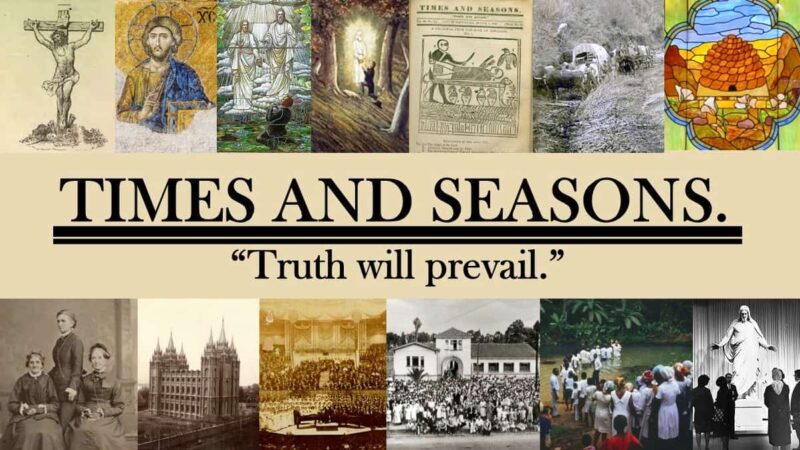-
•
•
6 responses
The formal organization of the Church on April 6, 1830, subject of Gospel Doctrine lesson #9 this year, was the culmination of many preparatory steps that Joseph Smith and his fellow believers took. When the organization occurred, the group had new scripture, new authority from God and a new prophet at its head. In the ensuing years it added other key elements to its structure, beliefs and practices, some of which are described below in John Hardy’s hymn. In a real sense, at least most of these elements are what we are talking about when we speak of the restoration… Read More
-
•
•
91 responses
Over at Worlds Without End, Seth posted Overcoming Correlation, or Mormon Studies and Pastoral Care. Why do we keep talking about Correlation? Obviously, there’s something wrong, but there are various opinions as to what exactly that is and how one might go about fixing it. After recounting his own scholarly engagement with Mormon Studies, Seth offers a couple of conclusions about Correlation, its problems, and how Mormon Studies might help solve them. Read More
-
•
•
26 responses
I’ve been observing Lent for a few years now. And every year I run into consternation from other latter day Saints. Every year I’m told “Mormons don’t observe Lent.”Last year I reflected on this at the end of Lent. I fast as a Mormon, but that doesn’t mean I can’t take advantage of the period of Lent. I pray as a Mormon, do the scripture reading and contemplative thinking that we class as meditation, but I also practice yoga for its meditative and mind-clearing effects as well as the physical benefits. I actively seek out good faith practices developed by… Read More
-
•
•
The restoration of the priesthood, outlined in the D&C Gospel Doctrine lesson #8, is central to the Church’s claim to authority and to our understanding of the course of the plan of salvation. Following the atonement of Christ, the authority to administer the ordinances required for eternal life must be a very important element of the plan and central to the preparation for the millennium, at least in the view of the author of this poem, John Hardy. Read More
-
•
•
43 responses
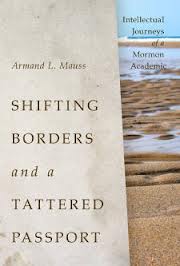
I am almost done with the recently published memoir by Armand Mauss, Shifting Borders and a Tattered Passport: Intellectual Journeys of a Mormon Academic (U of U Press, 2012; publisher’s page). Like Leonard Arrington’s earlier memoir, Adventures of a Church Historian, the book is something of a insider’s guided tour of fifty years of Mormon Studies, including the two important books on Mormonism authored by Mauss, The Angel and the Beehive (1994) and All Abraham’s Children (2003). Anyone who reads T&S or the other blog will certainly enjoy the tour. Read More
-
•
•
When Lorenzo Snow speaks of the Holy Ghost in the material included in chapter 4 of the lesson book, it is clear that he sees the spirit as a great help to us. “It would be simply foolish indeed to expect the Latter-day Saints in these days to comply with the celestial law… except they were sustained by a supernatural power.” The idea that there is a power in the Holy Ghost is something that isn’t mentioned often. So when I saw the following poem, it resonated with me. Read More
-
•
•
When discussing the first principles and ordinances of the gospel the focus is often on the details and less often on their purpose in the plan of salvation. The 7th D&C gospel doctrine lesson talks about faith, repentance, baptism and the gift of the holy ghost. In teaching these principles and ordinances, the focus should remain on Christ. Read More
-
•
•
What Mormon art projects are drawing attention? Does the Mormon community donate to worthy projects? What Mormon projects attract Mormons? Off and on I’ve been looking at Kickstarter, the crowd-funding website for artists of all kinds who are looking for seed money to get their projects completed. I’ve even funded a project and I’m looking forward to the results of my small contribution. When Kickstarter launched a few years ago it drew a lot of press because it promised to make raising money for small projects easier. A number of similar sites that have launched, and it looks like some… Read More
-
•
•
7 responses
Our stake president has challenged all members of our stake to have a “missionary moment” this year. I never served a mission and I don’t like doing overtly missionary-type activities. But his challenge did bring to mind one of the most important missionary experiences I have ever had. It was more than a decade ago. I was a young housewife living in one of the graduate and family student housing complexes at UCSD while my husband was doing his graduate work. I had a toddler and I was expecting our second baby. One day a couple of strangers knocked on… Read More
-
•
•
2 responses
The concept of enduring to the end can be somewhat vague. Much of what it requires depends on environment and circumstance — what is required for you to endure to the end is perhaps different than what will be required of me. But the underlying gospel principles are known, and the following poem by Eliza R. Snow talks about some of them. Read More
-
•
•
The principle of personal revelation is a foundation of Mormonism, a key to our understanding of the gospel. And few places in the scriptures make this as clear as in D&C 8 and 9, which are discussed in Gospel Doctrine lesson 6. There we learn, among other things, that faith is a key aspect of personal revelation. Thus to receive personal revelation, we need to remember the Lord, as is described in the poem I selected for this lesson. Read More
-
•
•
Our sisters and brothers in the bloggernacle have turned their virtual relationship into doing tangible good for those in need. Yesterday, Lisa at fMH announced the Tracy McKay fMh Scholarship. I remember last year when Tracy’s ward financial assistance was cut and the immediate action by her fellow bloggers to raise enough money to get her through her last semester. fMh is working on an endowment to make the scholarship permanent and contributions tax-deductible. (Last year, we just gave money because it was needed, it was the right thing to do, and that mattered more than a tax deduction.) In… Read More
-
•
•
11 responses
[This is the fourth in a series of guest posts on Mental Health, Mortal Life, and Accountability. The first three installments are available here: Part 1:”Exceeding Sorrowful, Even Unto Death” (Mark 14:34), Part 2: Causes and (Mis)Attributions, Part 3: Fractured Images of God, Self, and Others, and Part 4: Accommodations in LDS Activities and Meetings] Now knowing a portion of my background, you can probably guess I’ve had opportunity to give a fair amount of consideration to the concepts of personal responsibility, repentance, and forgiveness. Please take this post as exactly that, my own considerations on these topics, long thought out, studied, prayed about,… Read More
-
•
•
5 responses
This is the third and final post on Adam Miller’s Rube Goldberg Machines: Essays in Mormon Theology (Greg Kofford Books, 2012; publisher’s page). This post covers the short (two pages) and easy-to-discuss essay “Shipwreck.” It’s about what happens when you discover that you are Mormon. What does that mean? How does it change your life? As theology goes, this is a very accessible question. I expect everyone (this means you!) will weigh in with a comment because we have all at some point made this momentous discovery of Mormonism and grappled with the consequences. Read More
-
•
•
12 responses
[This is the fourth in a series of guest posts on Mental Health, Mortal Life, and Accountability. The other installments are available here: Part 1:”Exceeding Sorrowful, Even Unto Death” (Mark 14:34), Part 2: Causes and (Mis)Attributions, Part 3: Fractured Images of God, Self, and Others, and Part 5: The “Greater Sin”/ Sane Repentance & Forgiveness] During graduate school (in a different field of study), I worked in the university’s office for staff and students with disabilities. I learned a great deal about the Americans with Disabilities Act, and about how individuals with a variety of disabilities qualify for and obtain accommodations in their work and schooling… Read More
-
•
•
2 responses
The spirit of revelation described in D&C Gospel Doctrine lesson #5 isn’t always credited with all that it deserves. During our lives, I think, we often receive inspiration that we don’t attribute to anything but our own decisions, while that inspiration makes subtle changes, pushing us towards the better. Other times personal revelation is very clear, appearing as the kind of direct communication whose source is all but undeniable. The following poem is an example of when and how personal revelation can appear, along with a meditation on nature and how it should turn our vision o the truth. Read More
-
•
•
7 responses
This is the second post on Adam Miller’s Rube Goldberg Machines: Essays in Mormon Theology (Greg Kofford Books, 2012; publisher’s page). In this post I’ll discuss Chapter 8, “The Gospel as an Earthen Vessel,” a suggestive symbol that Adam borrows from 2 Corinthians 4:7: “We have this treasure in earthen vessels, that the excellency of the power may be of God, and not of us.” Read More
-
•
•
19 responses
[This is the third in a series of guest posts on Mental Health, Mortal Life, and Accountability. The other installments are available here: Part 1:”Exceeding Sorrowful, Even Unto Death” (Mark 14:34), Part 2: Causes and (Mis)Attributions, Part 4: Accommodations in LDS Activities and Meetings, and Part 5: The “Greater Sin”/ Sane Repentance & Forgiveness] I appreciate the input and insights from those who have experienced depression and other mental health challenges firsthand. Many of the comments have focused on physiological causes and medical helps. I’d like to briefly explore some emotional and psychological factors and their effects and treatments before we discuss implications and applications for… Read More
-
•
•
4 responses
I think that we often think of witnesses as something outside of the event, added to fill a particular need or satisfy the desires of the world. But I wonder if this perception might not be incorrect, if witnesses are not, in fact, an important part of the process of communicating truth. A testimony is, after all, what a witness provides, and, at least in the church, it is hard to imagine communicating truth without testimony. In the fourth D&C Gospel Doctrine lesson witnesses to the Book of Mormon are an important part of the story of the scripture’s preparation.… Read More
-
•
•
6 responses
[I am traveling for the 4th annual Brazilian Mormon Studies Conference — please excuse the delay in posting this.] From the beginning of Mormonism, Baptism has been a central focus of our preaching. Baptism must be done in the correct manner and by the correct authority, and should be followed by the gift of the Holy Ghost. And this is the focus of the second lesson in the Lorenzo Snow manual used in Priesthood and Relief Society. Of course, our baptisms have always been accompanied by hymns, and the following hymn appeared in Emma Smith’s first hymnal in 1835 and… Read More
-
•
•
6 responses
[I am traveling for the 4th annual Brazilian Mormon Studies Conference — please excuse the delay in posting this.] Of our mythic founding stories, the First Vision is surely the most important. It appears regularly in manuals and conference talks, as well as in the missionary lessons, where it is among the first things that converts to Mormonism learn. So naturally it is a frequent subject for Mormon poetry. But most of the poetical treatments of the First Vision that come to my mind are descriptive, tell what happened instead of the role of the First Vision in the ages.… Read More
-
•
•
16 responses
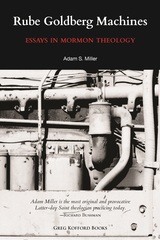
This is the first of several posts discussing Adam Miller’s Rube Goldberg Machines: Essays in Mormon Theology, a little gem published by Greg Kofford Books in 2012 (here’s the publisher’s page on the book). After some preliminary discussion about why there has been so little Mormon theology done (compared to say LDS history) and what Mormon theology might look like, I’ll discuss some of Adam’s observations in Chapter 6, “A Manifesto for Mormon Theology.” Adam, of course, is a permablogger here at Times and Seasons and will likely be adding his own additional enlightening thoughts in the comments. Read More
-
•
•
34 responses
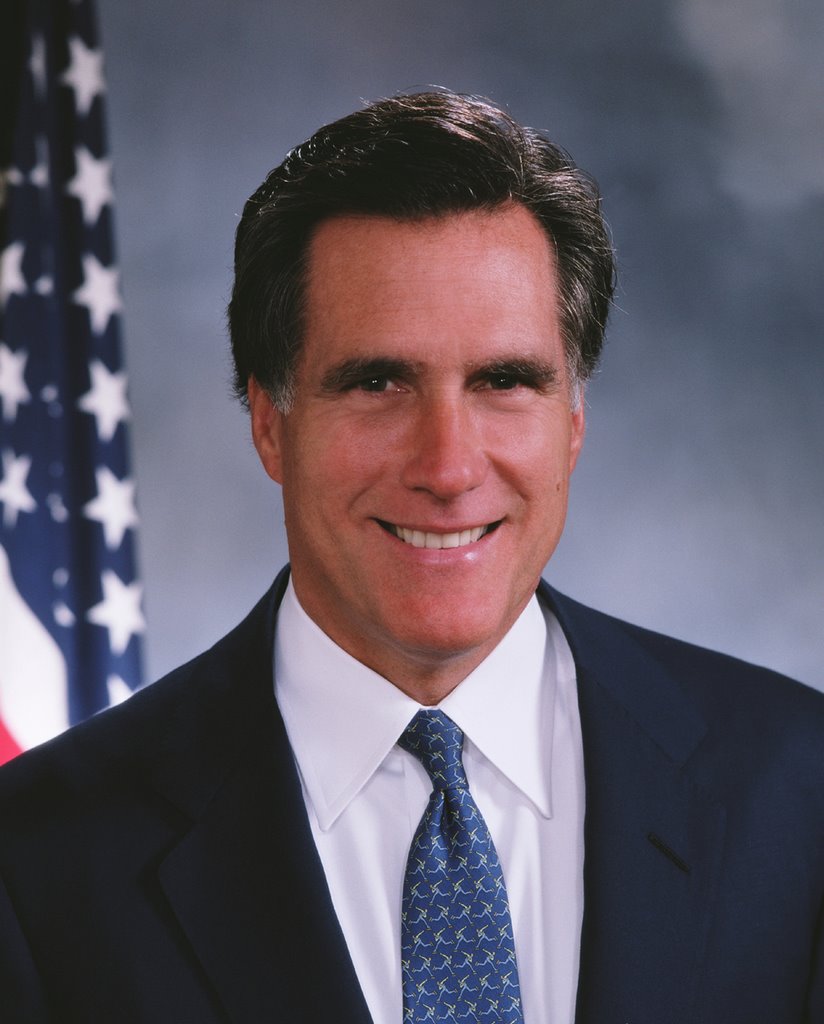
After due consideration the staff of Times and Seasons has selected Mitt Romney as the 2012 Mormon of the Year, our annual designation of the Mormon who had the greatest impact or influence on Mormons and Mormonism during the year. Read More
-
•
•
Despite a heartfelt campaign led by his children, LDS baseball star and former Massachusetts Boston Mission President Dale Murphy was not inducted into the baseball Hall of Fame, according to the results announced this afternoon. While that result was expected, the fact that fellow Mormon Jack Morris was also not selected was almost as suprising as the fact that the BBWAA selected none of the eligible players this year. The group last failed to add any players to the Hall of Fame in 1996. Read More
-
•
•
The second Doctrine and Covenants lesson makes the point that this modern scripture talks and teaches of Christ. That focus was easy to find in many Mormon poems and hymns, but the following poem has the advantage of talking about the Lord for what He has done for the Latter-day Church. Eliza R. Snow probably needs no introduction for most members, as her poetry still appears frequently in our hymnals. And in this poem her combination of praise for the Lord with references to the latter-day work makes this a good match for the lesson. Read More
-
•
•
4 responses
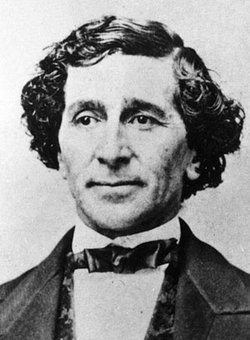
I love the first lesson in the Lorenzo Snow manual. It seems like Snow’s love of learning is second to none among latter-day Prophets. And his statements about learning are wonderful: “Though we may now neglect to improve our time, to brighten up our intellectual faculties, we shall be obliged to improve them sometime. We have got so much ground to walk over, and if we fail to travel to-day, we shall have so much more to travel to-morrow.” Read More
-
•
•
39 responses
I know, I said a year and a half ago that I wasn’t going to see The Book of Mormon. But then it came to Chicago and, in spite of the fact that it is sold out through at least March, a friend set me up with a ticket. So I’ve now seen the show. I’m not going to review it, though. It’s already been widely reviewed, and frankly, I don’t have the musical theater chops to provide a credible review. Read More
-
•
•
22 responses
This post opens the voting for Mormon of the Year. Votes will be taken until midnight Eastern Time on Monday, January 7th, at which time the voting will close. The voting mechanism will attempt to restrict votes to one per person. The order of the choices is set at random, and is different each time the form is presented. THE WINNER OF THE ONLINE VOTE IS NOT NECESSARILY THE MORMON OF THE YEAR!!! Read More
-
•
•
2 responses
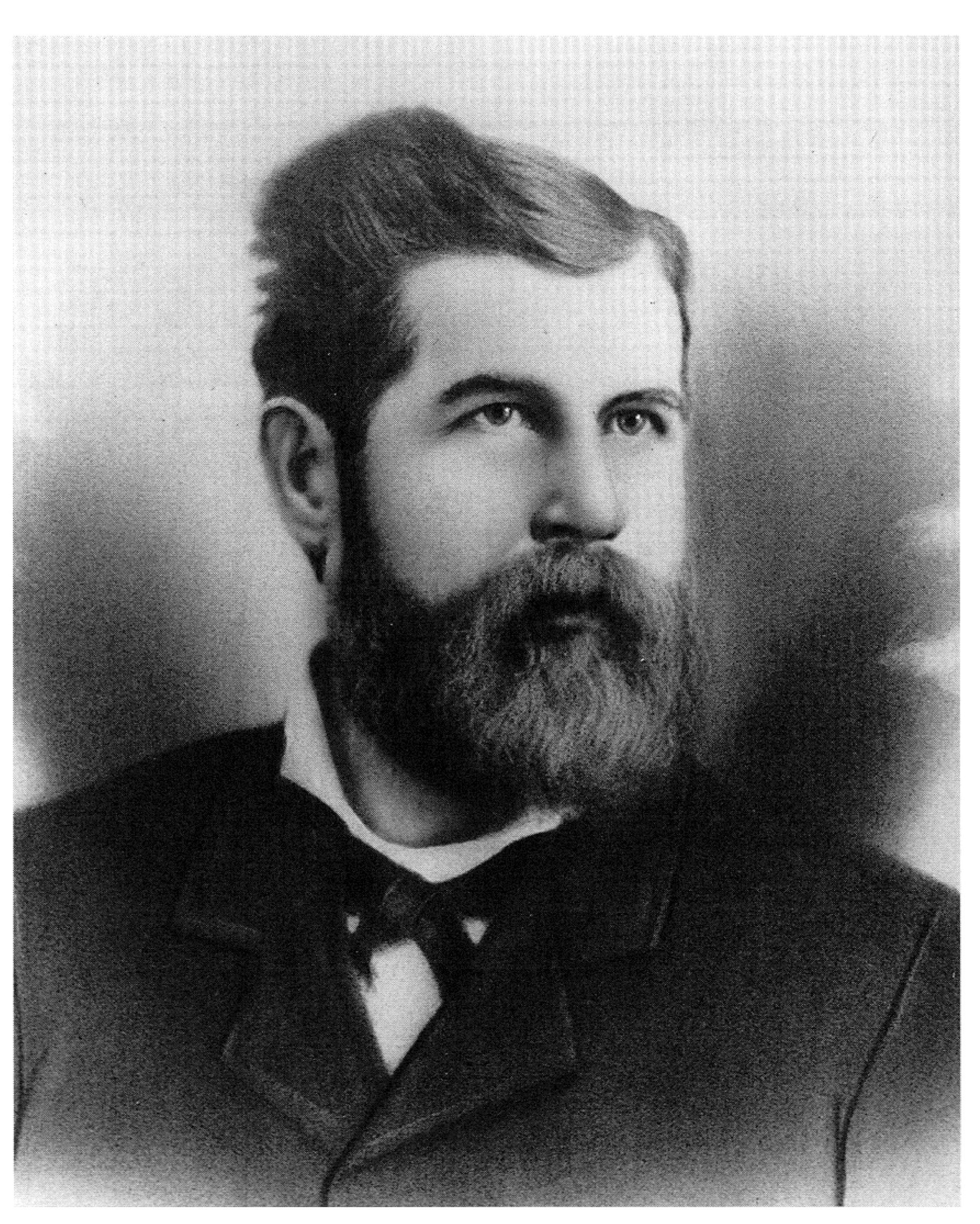
The initial lesson in the Doctrine and Covenants and Church History course of study points out that the revelations found in the text are meant for our time and cover our dispensation, while the history presented is the history of our people, as opposed to those who lived aeons ago. This course should, therefore, be relevant to us today in a way that the other Gospel Doctrine courses can’t hope to accomplish. The poem below discusses not only a few of the major events that opened our dispensation, but also follows the prediction often made; that our dispensation has a… Read More
-
•
•
7 responses
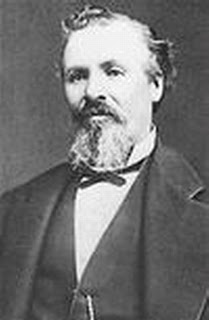
Some time ago while singing Christmas carols at a non-Mormon event, I suggested that the group sing “Far, Far Away on Judea’s Plains.” I was greeted with blank stares and questions. “What song?” “Never heard of it.” It turns out I was so immersed in Mormon culture (I still am to a large degree) that I didn’t know that “Far, Far Away on Judea’s Plains” is an LDS hymn by a 19th century Utah author, and is therefore unknown to most non-Mormon audiences, even though its doctrine is universal enough for most of them. Read More
